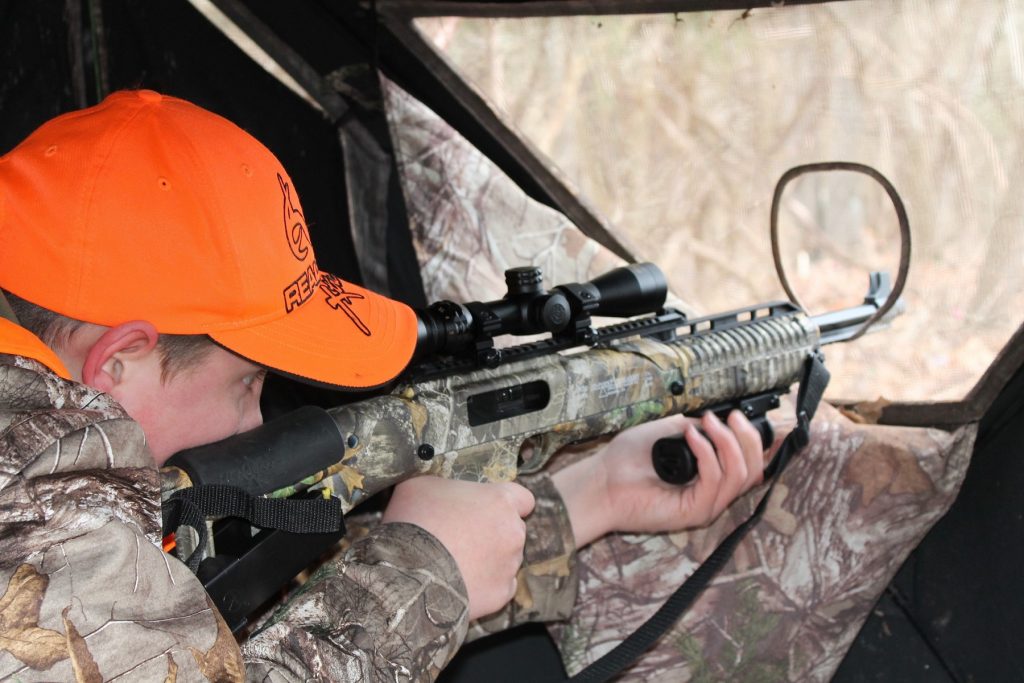
Ground Blind Safety for Deer and Turkey Hunting
While treestands for deer or slipping quietly through the woods for turkey might be more traditional hunting methods, hunting from manufactured, pop-up style blinds is rapidly gaining in popularity. Just flip through any modern hunting catalog and you’ll find ground blinds in dozens of shapes, sizes, styles and camo patterns, a strong indicator of this hunting aid’s popularity.
Safety is paramount when setting up your ground blind. This video discusses some key considerations for setting up your blind in a safe and effective location.
Need a Hunter Safety Certificate? Start an online hunter safety education course for your state at Hunter-ed.com.
Lots of Advantages
Hunting from a ground blind has a lot going for it. You can position them just about anywhere, eliminating the need to find a suitable tree for stand placement. Their varied camo patterns blend into any terrain, including standing corn, deep woods or brushy fields, and they are portable, making it much easier to pick up and relocate if your initial choice of hunting spot turns out to be a bust. Finally, ground blinds protect the hunter from the elements, making it easier to stay afield during inclement weather—and if just being out of the wind and keeping dry isn’t enough, you can easily warm them with a small propane heater, even on the coldest of days.
All these pluses makes a ground blind especially perfect for young hunters. Add a couple of comfortable seats, something to keep them occupied during slow times, a few snacks and something to drink, and what would normally be a quick trip back to the house when the weather turns bad or they get bored and cranky can easily become an all-day hunt.
Hiding in Plain Sight—Safely
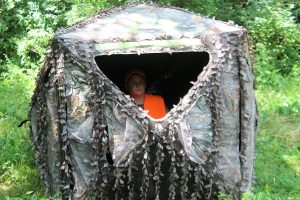
Even when the blind’s occupants are wearing a hunter orange hat and vest, the safety color is hidden from hunters on the outside.
As useful as they are, ground blind hunting does have a few drawbacks. Chief among them is the fact that you are hidden from other hunters. This can be particularly troublesome on crowded public hunting areas, where hunters may be unaware of who else is in the area. Too, even if the occupants of a blind are fully decked out in bright hunter orange, closed windows and camo screens can prevent other hunters from seeing them. Couple that with the blind’s ability to blend in with its surroundings, and another hunter can shoot your way without knowing you are around.
The easiest way to remedy this situation is to place hunter orange on the outside of the blind. This works especially well when deer hunting, since it has been scientifically proven that deer don’t see bright hunter orange the same way humans do.
Some blinds come with foldable patches of orange material built into their exteriors. Simply unzip or open the pocket holding the orange material and let it drape down onto the camo exterior of the blind. If your blind doesn’t have this built-in orange flap, most blind manufacturers offer orange drapes to snap over the roof of the blind. In a pinch, even a few extra hunter orange safety vests can be utilized by draping them over the exterior of the blind and tucking or tying the corners to the blinds frame or exterior straps.
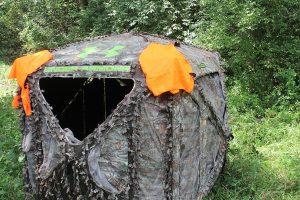
If your blind doesn’t come with blaze orange panels, something as simple as hanging hunter-orange vests from each corner will alert other hunters in the area to your location.
For maximum visibility, place orange on all sides of the blind, so that no matter what direction another hunter may be, he or she will be able to pinpoint your location from a distance. Many public land areas, and a few states, require a certain number of square inches of orange material on the exterior of the blind for ground blinds to be legal.
Yes, Turkeys See Blaze Orange
While orange material on the exterior of the blind may not spook deer, it can be a factor when turkey hunting. Ask any hunter who has ever been picked out by a sharp-eyed old hen or gobbler, and they will tell you that turkeys see orange from an incredible distance.
If you are turkey hunting on public land and want to alert other hunters to your location without spooking turkeys, try tying a hunter orange vest to a piece of string and tossing it over a high limb above your blind. Pull the vest as high into the tree above your blind as possible, hopefully raising it above a turkey’s common line of sight. Another alternative is to keep a hunter orange vest or piece of material inside the blind with you. When you see or hear another hunter close by, stick the orange out the window and wave it back and forth to alert them. Keep a whistle handy inside the blind to alert nearby hunters if you see them before they see you.
Avoid using gobbler decoys near your blind or imitating gobbles with your calls on crowded public land. Either can cause a careless hunter to fire in your direction, so stick to hen calls.
Heating Things Up
While propane heaters can keep a blind toasty warm, or at least tolerable, when the weather is cold and nasty, it’s important to keep a few windows open for cross ventilation. Carbon monoxide from propane heaters can build up in a closed blind, causing a dangerous situation for those inside. Venting windows for fresh air flow will prevent problems.
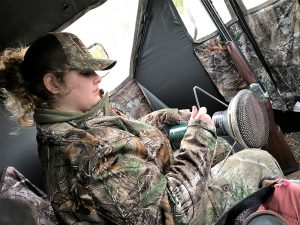
Propane heaters and stoves can keep a blind warm and heat up a midday meal, but they can also emit carbon monoxide, creating a potentially hazardous situation. When using heaters or stoves inside the blind, always leave windows cracked open for fresh air flow.
***
Following these tips will help you have a fun and productive hunt from your ground blind. Who knows, it might just turn into your favorite way to hunt.
-*-*-*-*-*
Kentucky native Michael Pendley has been hunting since he was old enough to say the word “rifle.” He’s been writing in the outdoor industry for the past 15 years, and his work has appeared in Field & Stream, Sporting Classics Daily, Modern Pioneer, Petersen’s Hunting and others, though he is perhaps best known for his “Timber 2 Table” column on Realtree.com. When he’s not in the kitchen whipping up something mouthwatering or sampling Kentucky’s fine bourbons, he, along with his wife and photographer, Cheryl, their daughter, Michaela, and their two sons, Hunter and Nathaniel (aka Potroast), along with their basset hound, Blanton, and bloodhound, Teddy, can be found traveling the country and enjoying everything the outdoors has to offer.
 Dylan Hazen[/caption]
Hunters registered 50,435 wild turkeys in Wisconsin's 2024 spring season, a 22% increase over the five-year average and the fourth highest in state history, reflecting the state's strong turkey population and favorable conditions. Mild winters and warm, dry springs contributed to excellent adult survival and nesting success, leading to more turkeys on the landscape. The 2024 season marks the fourth time Wisconsin hunters have harvested over 50,000 turkeys, with similar successes noted in neighboring states. The Wisconsin DNR's turkey management strategies, validated by these results, continue to support sustainable hunting practices and population growth.
Dylan Hazen[/caption]
Hunters registered 50,435 wild turkeys in Wisconsin's 2024 spring season, a 22% increase over the five-year average and the fourth highest in state history, reflecting the state's strong turkey population and favorable conditions. Mild winters and warm, dry springs contributed to excellent adult survival and nesting success, leading to more turkeys on the landscape. The 2024 season marks the fourth time Wisconsin hunters have harvested over 50,000 turkeys, with similar successes noted in neighboring states. The Wisconsin DNR's turkey management strategies, validated by these results, continue to support sustainable hunting practices and population growth.  Bill Marchel[/caption]
Minnesota wild turkey hunters achieved a record harvest this spring, bagging over 16,600 birds, a 19% increase from the previous record. Contributing factors included an abundance of gobblers and favorable weather conditions, leading to greater opportunities for hunters. Youth participation also rose significantly, with notable increases in license sales, particularly among younger hunters. This success is attributed to ideal nesting conditions and mild winter, which helped more turkeys survive and thrive.
Bill Marchel[/caption]
Minnesota wild turkey hunters achieved a record harvest this spring, bagging over 16,600 birds, a 19% increase from the previous record. Contributing factors included an abundance of gobblers and favorable weather conditions, leading to greater opportunities for hunters. Youth participation also rose significantly, with notable increases in license sales, particularly among younger hunters. This success is attributed to ideal nesting conditions and mild winter, which helped more turkeys survive and thrive.  Photo courtesy HOC[/caption]
The article highlights the challenges and mission of Hunters of Color (HOC), an organization aiming to create equal opportunities in hunting for underrepresented groups. Founded by Jimmy Flatt, HOC focuses on providing mentorship and fostering a diverse outdoors community. Participants like Johnson and Hentati, who lacked hunting mentors growing up, find support and guidance through HOC, which also emphasizes conservation. Despite facing barriers, including a predominantly white hunting culture and racial incidents, HOC persists in promoting inclusivity and expanding hunting opportunities for people of color.
Photo courtesy HOC[/caption]
The article highlights the challenges and mission of Hunters of Color (HOC), an organization aiming to create equal opportunities in hunting for underrepresented groups. Founded by Jimmy Flatt, HOC focuses on providing mentorship and fostering a diverse outdoors community. Participants like Johnson and Hentati, who lacked hunting mentors growing up, find support and guidance through HOC, which also emphasizes conservation. Despite facing barriers, including a predominantly white hunting culture and racial incidents, HOC persists in promoting inclusivity and expanding hunting opportunities for people of color.  This article
This article  Roscoe Spaulding[/caption]
Discover how Roscoe Spaulding revitalized Wayne County's turkey population and became a legendary mentor in the hunting community. Learn about his unique methods of raising and releasing turkey chicks and his lifelong dedication to teaching others the art of turkey hunting. Dive into the story of the inaugural Roscoe Spaulding Memorial Turkey Hunt, an event honoring his legacy and funding a headstone and future scholarship, showcasing the lasting impact of this remarkable conservationist and community figure.
Roscoe Spaulding[/caption]
Discover how Roscoe Spaulding revitalized Wayne County's turkey population and became a legendary mentor in the hunting community. Learn about his unique methods of raising and releasing turkey chicks and his lifelong dedication to teaching others the art of turkey hunting. Dive into the story of the inaugural Roscoe Spaulding Memorial Turkey Hunt, an event honoring his legacy and funding a headstone and future scholarship, showcasing the lasting impact of this remarkable conservationist and community figure. 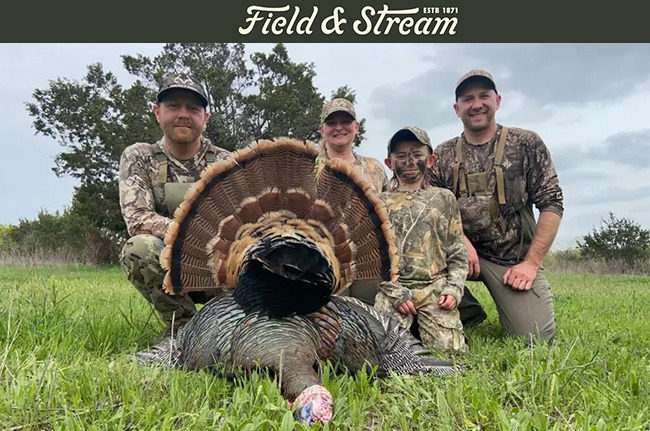 The author reflects on an exceptional turkey hunting season, spanning 30 days across various states from late March to early May. He notes an encouraging rebound in turkey populations in many areas, with harvest statistics showing increases, despite mixed impacts from regulatory changes. The author emphasizes the role of predation and habitat quality in turkey declines, advocating for better private land management. He also highlights the importance of perseverance when hunting, sharing anecdotes of successful hunts after initial setbacks, and concludes with observations on the effectiveness of different calling techniques and the variability of late-season gobbling patterns.
The author reflects on an exceptional turkey hunting season, spanning 30 days across various states from late March to early May. He notes an encouraging rebound in turkey populations in many areas, with harvest statistics showing increases, despite mixed impacts from regulatory changes. The author emphasizes the role of predation and habitat quality in turkey declines, advocating for better private land management. He also highlights the importance of perseverance when hunting, sharing anecdotes of successful hunts after initial setbacks, and concludes with observations on the effectiveness of different calling techniques and the variability of late-season gobbling patterns.  Jeff Neill has several years’ experience hunting turkeys in his native Wisconsin, but traveling the country and encountering the different strategies that go along with differing terrain has heated his passion for the springtime pursuit to a fever pitch. The experience has kindled a fire in the adventurer’s soul for Neill. With Easterns and now an Osceola to his credit, he’s halfway to the Wild Turkey Grand Slam.
Jeff Neill has several years’ experience hunting turkeys in his native Wisconsin, but traveling the country and encountering the different strategies that go along with differing terrain has heated his passion for the springtime pursuit to a fever pitch. The experience has kindled a fire in the adventurer’s soul for Neill. With Easterns and now an Osceola to his credit, he’s halfway to the Wild Turkey Grand Slam.  Eight-year-old Vaughn Siver bagged a rare bearded hen with smoke-phase coloration during his first turkey hunt in early May in western South Dakota, accompanied by his dad, Cody. After setting up camp and scouting, they set up ground blinds and, despite initial challenges, Vaughn successfully shot the unique bird. Cody also managed to fill his tag by shooting a tom later. The experience, marked by the discovery of the rare leucistic turkey, made the hunt unforgettable for Vaughn, who enjoyed both the hunt and the camping adventure.
Eight-year-old Vaughn Siver bagged a rare bearded hen with smoke-phase coloration during his first turkey hunt in early May in western South Dakota, accompanied by his dad, Cody. After setting up camp and scouting, they set up ground blinds and, despite initial challenges, Vaughn successfully shot the unique bird. Cody also managed to fill his tag by shooting a tom later. The experience, marked by the discovery of the rare leucistic turkey, made the hunt unforgettable for Vaughn, who enjoyed both the hunt and the camping adventure. 
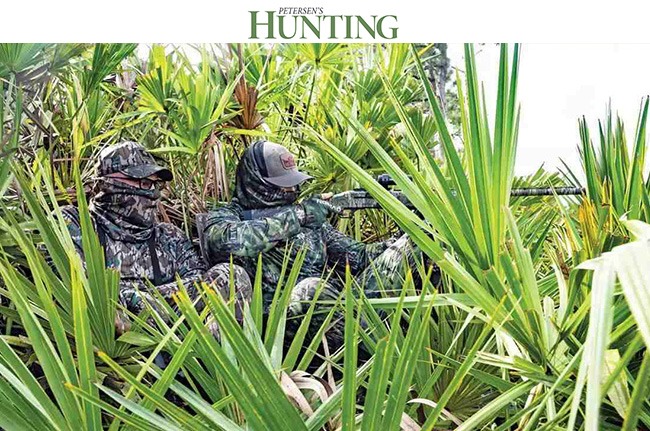
 The article reflects on the joy and memories created during the 2024 wild turkey hunting season, which has been successful for both young and seasoned hunters in Franklin County. The author emphasizes that the greatest moments in turkey hunting are not just about the harvest but about sharing the experience with family and friends and passing on the tradition to the next generation. A highlight of the season is the story of Joe Warger and his son Casey, who reunited for a memorable hunt after nine years, exemplifying the deep bonds and cherished memories formed through turkey hunting. The article underscores the profound connection and joy that hunters feel when they engage with nature and share these experiences with loved ones.
The article reflects on the joy and memories created during the 2024 wild turkey hunting season, which has been successful for both young and seasoned hunters in Franklin County. The author emphasizes that the greatest moments in turkey hunting are not just about the harvest but about sharing the experience with family and friends and passing on the tradition to the next generation. A highlight of the season is the story of Joe Warger and his son Casey, who reunited for a memorable hunt after nine years, exemplifying the deep bonds and cherished memories formed through turkey hunting. The article underscores the profound connection and joy that hunters feel when they engage with nature and share these experiences with loved ones.  The 2024 Spring Turkey season was memorable for the author, although no turkeys were harvested. Despite the lack of a successful hunt, the author cherished various experiences such as hearing turkey drumming, encountering wildlife, and enjoying the beauty of the outdoors. Memorable moments included observing turkeys, dealing with unpredictable weather, and encountering snakes and turtles. The author emphasizes the joy of being in nature and looks forward to future outdoor activities and habitat work.
The 2024 Spring Turkey season was memorable for the author, although no turkeys were harvested. Despite the lack of a successful hunt, the author cherished various experiences such as hearing turkey drumming, encountering wildlife, and enjoying the beauty of the outdoors. Memorable moments included observing turkeys, dealing with unpredictable weather, and encountering snakes and turtles. The author emphasizes the joy of being in nature and looks forward to future outdoor activities and habitat work.  John Hafner Photography[/caption]
Dr. Mike Chamberlain, known as the "Turkey Doctor," provided an update on the state of wild turkeys, noting mixed observations from the 2024 season. While some areas, like Arkansas, show signs of population recovery, other regions, particularly in the Southeast and Midwest, continue to experience declines. He emphasized the importance of ongoing research, which is currently more extensive and collaborative than ever, aimed at understanding and addressing factors affecting turkey populations. Chamberlain remains cautiously optimistic, highlighting that comprehensive and standardized research will eventually yield the answers needed to stabilize and improve wild turkey numbers.
John Hafner Photography[/caption]
Dr. Mike Chamberlain, known as the "Turkey Doctor," provided an update on the state of wild turkeys, noting mixed observations from the 2024 season. While some areas, like Arkansas, show signs of population recovery, other regions, particularly in the Southeast and Midwest, continue to experience declines. He emphasized the importance of ongoing research, which is currently more extensive and collaborative than ever, aimed at understanding and addressing factors affecting turkey populations. Chamberlain remains cautiously optimistic, highlighting that comprehensive and standardized research will eventually yield the answers needed to stabilize and improve wild turkey numbers. 
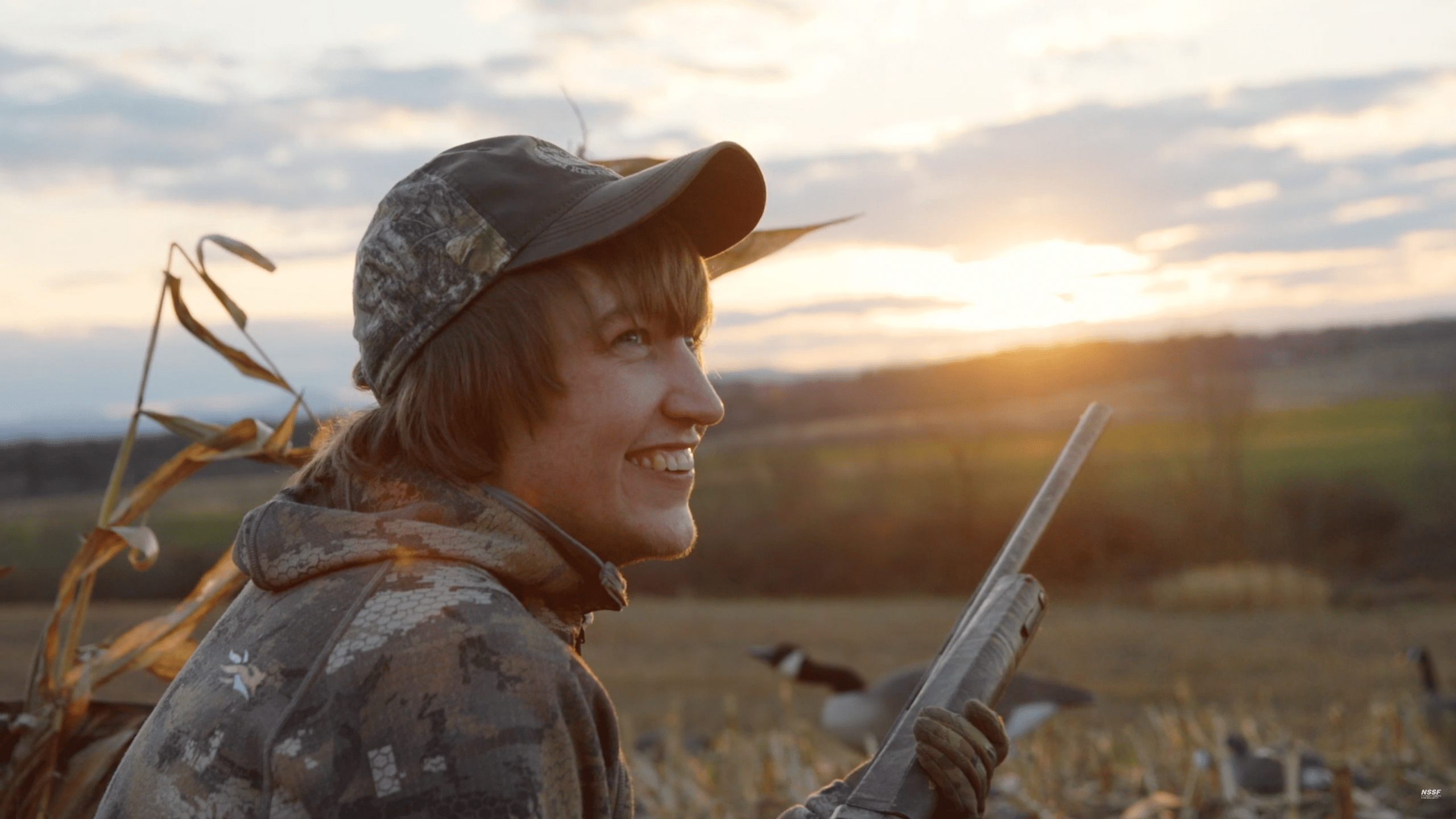
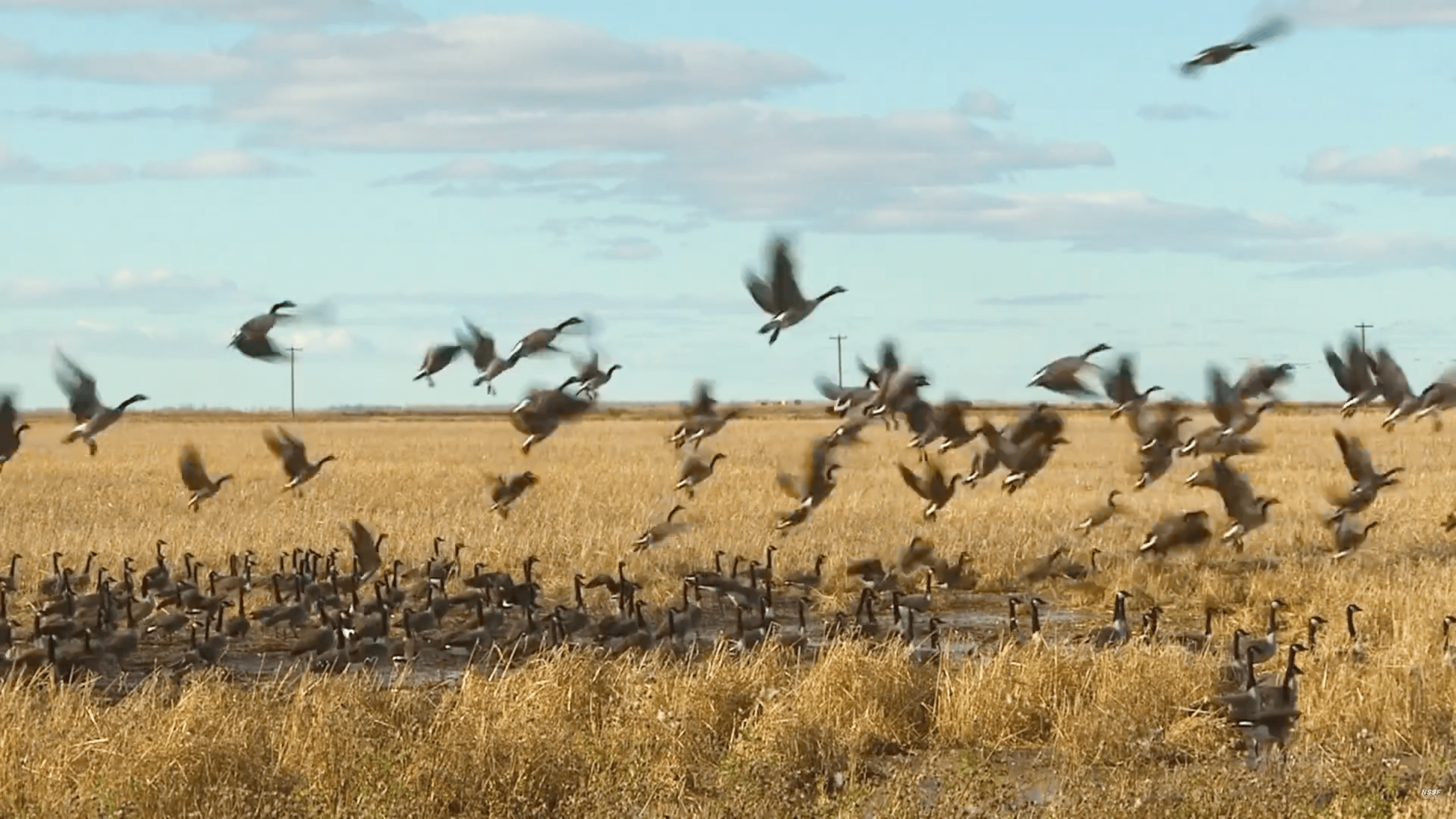 The partnership between firearm manufacturers and wildlife conservation agencies is a model for the world. It shows how industry participation can positively impact the environment and highlights the need for ongoing support for conservation efforts.
In short, the relationship between firearm manufacturers and wildlife conservation is vital. By understanding how excise taxes and industry contributions fund conservation, hunters and shooters can see the positive impact their purchases have on preserving nature for future generations.
Partner with a Payer
The Partner with a Payer initiative was developed to help generations of employees in the firearm, archery and angling industries, state agencies and the U.S. Fish and Wildlife Service to better understand their, and each other’s, roles in conservation.
The partnership between firearm manufacturers and wildlife conservation agencies is a model for the world. It shows how industry participation can positively impact the environment and highlights the need for ongoing support for conservation efforts.
In short, the relationship between firearm manufacturers and wildlife conservation is vital. By understanding how excise taxes and industry contributions fund conservation, hunters and shooters can see the positive impact their purchases have on preserving nature for future generations.
Partner with a Payer
The Partner with a Payer initiative was developed to help generations of employees in the firearm, archery and angling industries, state agencies and the U.S. Fish and Wildlife Service to better understand their, and each other’s, roles in conservation.